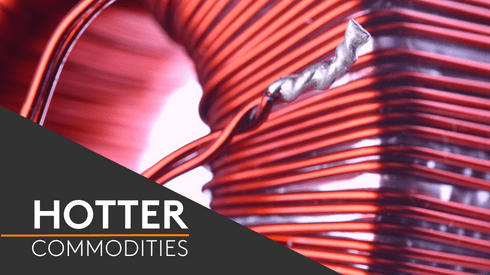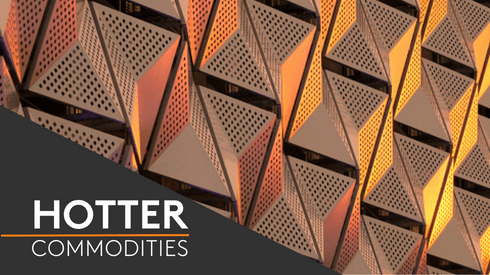The copper market posted a 163,000-tonne deficit in 2017 amid strong demand while supply suffered from labor disruptions in Grasberg and Escondida as well as grade declines, Sardain told delegates at the Mining Investment Asia conference in Singapore on Tuesday March 27.
Despite new supply from mines including First Quantum’s Cobre Panama, Norilsk’s Bystrinsky and Glencore’s African operations, the market could still see a small deficit in 2018, with the deficit widening in coming years because supply will struggle to meet increasing demand from EVs, he said.
“The medium-term outlook is positive for copper due to electric vehicles,” Sardain added.
Copper supply could be disrupted by incoming labor negotiations in Chile and Peru accounting for about 20% of total mine production, while China’s imports of certain types of copper scrap will also hamper supply, he added.
Copper demand should remain steady in 2018 with slower demand from China’s property sector being offset by an increase in power infrastructure, he said.
But copper prices could still fall due to global trade issues and political uncertainty, Sardain cautioned.
The current consensus is for strong global growth for 2018 but downside risks and volatility have increased due to uncertainty over the economic and political environment, he said.
The London Metal Exchange three-month copper price was at $6,678 per tonne at 10.43am London time on Tuesday, up $76 per tonne from Monday’s closing price. The price had reached as high as $7,286.50 per tonne on December 28 last year, the highest since January 2014.
Zinc peak in mid-2018
The zinc market outlook remains positive with the market expected to stay tight during most of 2018, although some 600,000-700,000 tonnes incremental capacity will come on stream including at MMG Dugal River and Vedanta’s Gamsberg, according to Sardain.
A combination of scheduled mine closures, Glencore’s strategic cuts and environmental measures in China had already contributed to a tight market in 2017 and a drawdown in global stocks.
Chinese demand should remain solid in 2018 as automotive and consumer goods will more than offset any potential decline coming from construction and infrastructure, he said.
Zinc prices are likely to peak in mid-2018. “Zinc can go to $4,000 per tonne,” he said.
The LME three-month zinc price was at $3,284.50 per tonne at 10.45am London time on Tuesday, up $24 per tonne from Monday’s closing price. The price reached as high as $3,595.50 per tonne on February 15 this year, the highest since July 2007.
But in the longer term, zinc does not have much exposure to EVs and should underperform its base metals peers, Sardain noted.
Nickel balanced in 2018
The nickel market is likely to remain balanced in 2018 but will turn stronger in the longer term, Sardain forecast.
Stainless steel production in China will increase only slowly with environmental measures limiting output while other producers, such as Indonesia, are increasing production which is underpinning nickel demand, he said.
Nickel prices rose by around 20% in 2017, driven by strong economics and by long-term prospects linked to electrical vehicles though the battery market accounts for only 3% of nickel market, he added.
The LME three-month nickel price was at $13,075 per tonne at 10.46am London time on Tuesday, up $120 per tonne from Monday’s closing price. The price reached as high as $14,420 per tonne on February 15 this year, the highest since May 2015.





